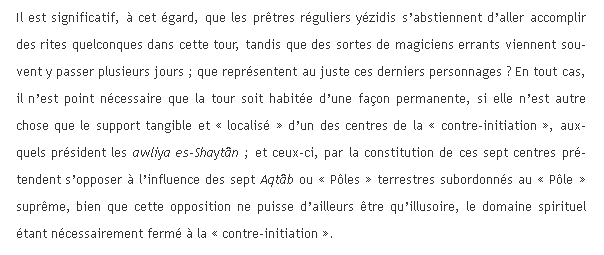Sacred Kingship - Germanic Kings
Ancient Germanic peoples are sometimes considered democratic – but this is a distortion. Some notes on Germanic kingship:
THREAD/
Ancient Germanic peoples are sometimes considered democratic – but this is a distortion. Some notes on Germanic kingship:
THREAD/

The monarchy was elective but limited to those of noble blood. The Thing, where the monarch was elected, was a sacred event – preceded by sacrifices etc. Those participating were considered members of a holy race and the sons of Heimdall. 



The Suebi opened their things with sacrifice and held them in a holy amphictyony. The thing was a sacred gathering which had the object of investing the king in the name of the godhead, in which they ritually participated. 

A god does not descend upon the person of the Germanic king, but a part of the divine being lives in him - in him dwells divine power. 

Kings were sometimes thought to reincarnate in one of their descendants. St. Olaf II, king of Norway, was supposed to be the reincarnation of the king from the Ynglingar family, and had a tomb to which offerings were made because of his divinity. 





Gudmundr of Sweden even underwent apotheosis: he was considered by his people a god, and sacrifices were made to him. Halfdan the Black and Olaf Geirstad-alf had similar fates:
After Halfdan the Black's death, the honour of entombing his body was sought by many throughout Sweden. They decided to split his body and bury parts of it throughout the land. 





Olaf turned into an elf after death, and haunted a barrow. He was sought for healing, protection, and guidance. 





This attitude towards royalty explains the legends formed about the survival of many princes, starting with Charlemagne, who was said not to have died, but to have been taken up – like Romulus – and was to be found alive in Untersberg, near Salzburg. 



The last king of the Amali, Theodoric the Great, had the same fate: taken up alive while riding his horse, he wandered the world mysteriously, appearing sometimes as a wilder Jäger. 

A story is also told of Emperor Frederick II: when he died, a man in Sicily saw an army of knights, and in the middle of them, the emperor, who rode towards Mt Etna - a mountain of the dead where King Arthur also abode. 



/ THREAD
The King is dead. Long live the King!
The King is dead. Long live the King!
basically from Sacred Royalty by Jean Hani
screenshots from Dumezil
screenshots from Dumezil
• • •
Missing some Tweet in this thread? You can try to
force a refresh


























